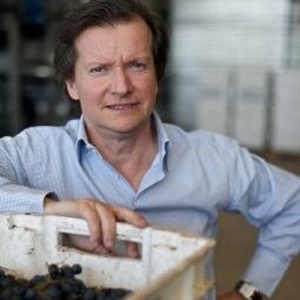Francois Luton expects strong wines from Argentina and Chile despite difficult 2016 harvests

François Lurton believes he is going to be able to celebrate his 20th anniversary since first arriving in Mendoza's Uco Valley from France with what he sees as a "distinctively cool and elegant vintage" from the 2016 harvest.
He said the weather had made it a memorable and different vintage and first started at Bodega Piedra with picking of his Pinot Gris at the end of February, some fifteen days later than normal. The grapes were showing a markedly lower alcohol content and demonstrated "integrated acidity".
"This was one of the coolest years in quite a long time," said Lurton. "Here in Mendoza we are accustomed to extremely hot summer days, and it was quite a challenge, to deal with the wet and cool weather."
March and April were also wetter and cooler than usual, so the red grapes showed characteristics similar to those of the whites, which are "developing beautifully" in barrels at present.
Despite the rain, rot was successfully avoided by means of rigorous work in the vineyards. Every day the workers removed portions of the leaf canopy by hand to ensure the clusters received adequate ventilation.
"The Malbec in the barrels is concentrated and full-bodied, showing vibrant colour," said Lurton. "The Cabernet Sauvignon is a bit unsettled still, but with time will relax into a satiny texture. These wines promise a vintage year characterised by an uncommonly low alcohol content, and thus very elegant and aromatic."
Two years after arriving in Argentina, Lurton, along with his brother Jacques, who represent the fifth generation of a winemaking dynasty that has been producing wine in Bordeaux since 1897, also acquired the Hacienda Araucano on the slopes of the Colchagua Valley in Chile.
As with Bodega Piedra, it was a cooler summer than usual, and despite the constant threat of rot the harvest began at the end of February.
Heavy rain fell in the middle of Aril while the Cabernet Sauvignon and Carmenere clusters were still ripening on the vines. These were left hanging so they could dry out in the following warm weather. Those grapes picked after the rain demonstrate different qualities, in terms of tannin, acidity and sugar, producing two distinctive styles of wine, from before and after the storms.
"Because of the cool weather and the meagre yields, this was an extremely unusual harvest. But I am convinced that the wines are developing beautifully in cask. 2016 is certain to be one of the best vintages for the Clos de Lolol."
